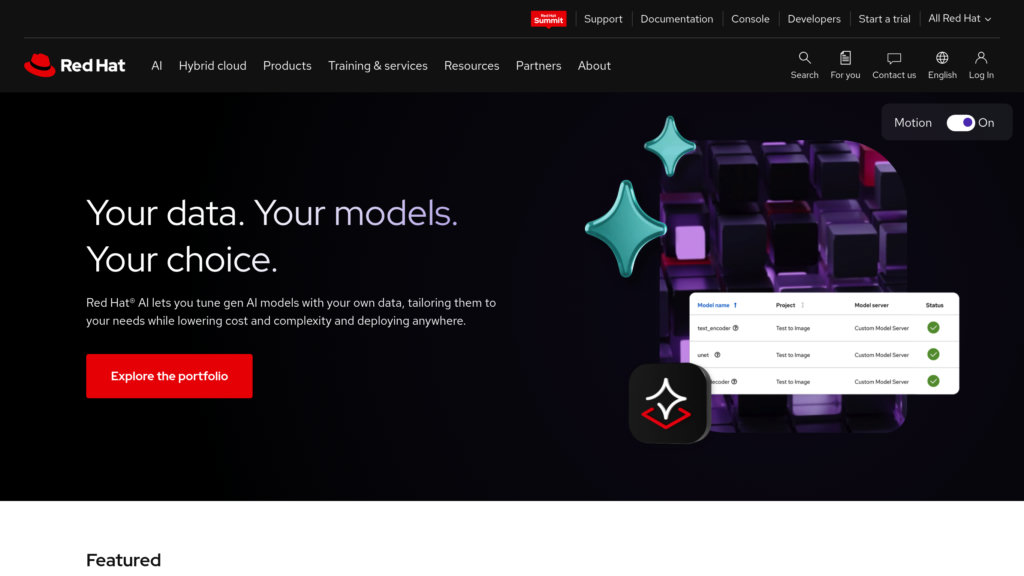Ansible
Open-source automation tool for IT configuration and deployment with YAML
Introduction
What is Ansible?
Ansible is a robust, open-source automation solution that makes IT operations more efficient by automating tasks such as configuration management, application deployment, provisioning, and orchestration. It functions without needing agents on remote machines, leveraging SSH or WinRM for management, which minimizes setup complexity. Its declarative approach, using easy-to-read YAML playbooks, lets users specify the target system state, which Ansible applies in an idempotent manner. The tool is adaptable to various infrastructures, including physical servers, cloud platforms, network hardware, and containers, offering scalability for enterprise automation.
Key Features:
• Agentless Design: Manages nodes remotely via SSH/WinRM without installing software, easing deployment and upkeep.
• Idempotent, Declarative Playbooks: Employs YAML to define system states, guaranteeing consistent and repeatable configurations.
• Broad Compatibility: Works with numerous operating systems, network devices, and cloud services such as AWS, Azure, and Google Cloud.
• Modular and Expandable: Features a vast collection of modules, roles, and plugins for tailoring and connecting with current processes.
• Centralized Management and Insights: Includes a web interface and API for workflow control, access management, and analytics to scale automation efforts.
• Event-Driven Responses: Allows automated reactions to IT incidents using conditional rules, boosting efficiency and cutting down manual tasks.
Use Cases:
• Configuration Management: Ensure uniform settings across servers and devices to prevent configuration drift and errors.
• Application Deployment: Speed up software releases by automating the deployment process across different environments.
• Cloud Infrastructure Management: Automate the setup, scaling, and administration of resources on major cloud platforms.
• Network Automation: Streamline configuration, backup, and compliance checks for diverse network equipment.
• CI/CD Integration: Automate build, test, and deployment stages within continuous integration and delivery pipelines.
• Security and Patch Management: Automatically apply patches and enforce security standards to maintain compliance and reduce risks.
